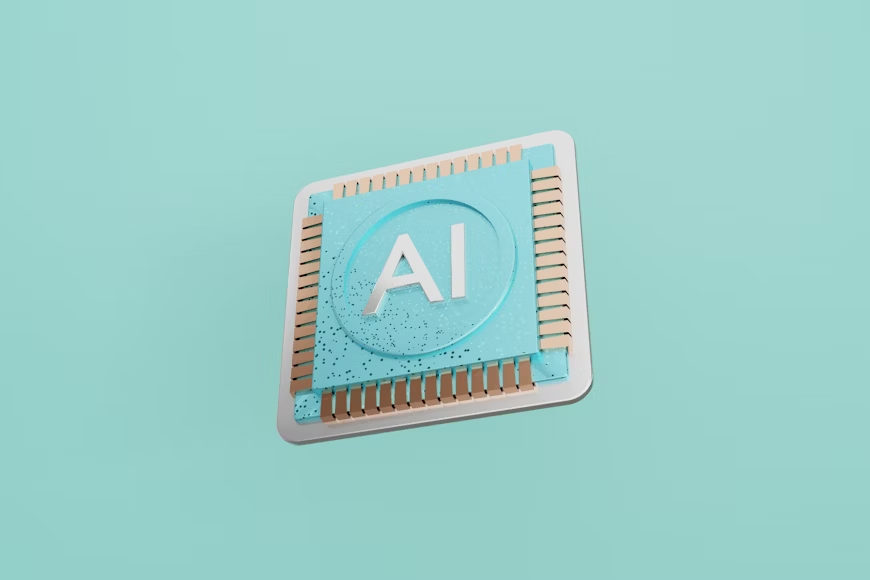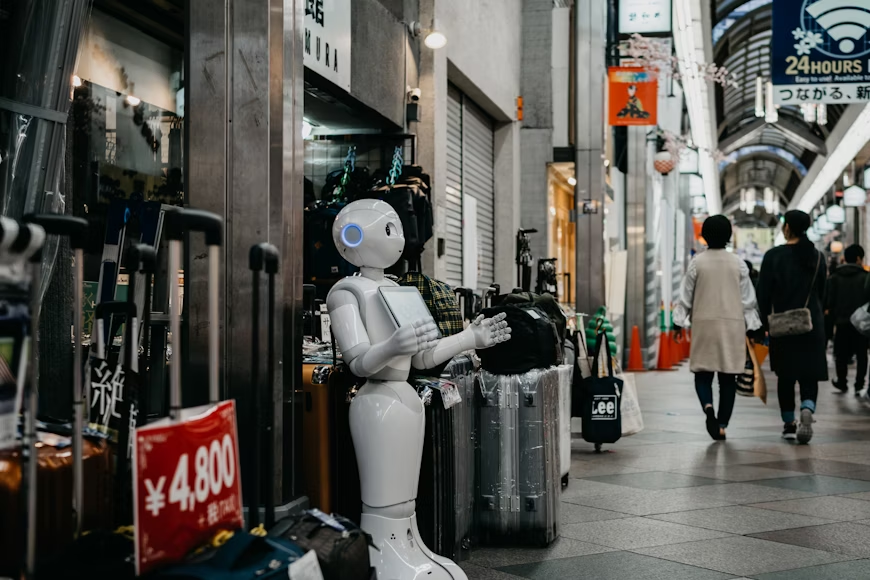Two of the most revolutionary technologies that are changing the world today are artificial intelligence (AI) and machine learning (ML). AI and ML are at the core of the digital revolution, from recommendation engines and smartphones to self-driving cars and medical diagnostics. This article examines the definitions, applications, and future prospects of artificial intelligence (AI) and machine learning (ML).
What is artificial intelligence (AI)?
The simulation of human intelligence in machines that are made to think and behave like people is known as artificial intelligence. AI’s main objective is to create machines that are capable of carrying out tasks that normally call for human intelligence, like problem-solving, language comprehension, visual perception, and decision-making.
There are two main categories of AI:
- Narrow AI:
Also referred to as weak AI, this kind is made to carry out a single task. Facial recognition software and voice assistants like Siri or Alexa are two examples.
2. General AI:
Also referred to as “powerful AI,” this term describes systems that are capable of carrying out any cognitive function that a human being is capable of. This is still a theoretical idea that hasn’t been realized yet.
What is machine learning (ML)?
Creating algorithms that enable computers to learn from and make predictions or judgments based on data is the focus of machine learning, a branch of artificial intelligence. As ML systems are exposed to additional data, their performance improves over time rather than being specifically built for a particular purpose.

Three primary categories of machine learning exist:
Supervised Learning: Each training sample is associated with the appropriate output because the model is trained on a labeled dataset.
Unsupervised Learning: The model examines unlabeled data in an effort to identify trends and connections.
Reinforcement Learning: By getting feedback from its activities in the form of incentives or penalties, the model learns by making mistakes.
How AI and ML Work Together
ML offers the methods that enable AI systems to learn from data, whereas AI is the more general idea. AI apps can now swiftly and effectively evaluate vast amounts of data, identify patterns, and make judgments with little assistance from humans thanks to machine learning algorithms.
For example, in a spam filter, machine learning (ML) learns what is spam from thousands of instances, while artificial intelligence (AI) sets the goal (filtering undesirable emails).
Applications of AI and Machine Learning
AI and ML are present in practically every industry. These technologies are having a major impact on the following noteworthy areas:
1. Healthcare
By improving diagnoses, customizing medicines, and anticipating disease outbreaks, AI and ML are transforming the healthcare industry. Wearable technology uses machine learning (ML) to track patients’ health in real time, while algorithms can scan medical photos to find anomalies like cancer.
.
2. Finance
AI is utilized in the financial sector for algorithmic trading, risk assessment, fraud detection, and chatbots for customer support. In order to identify suspicious activity and make trading decisions in real time based on market data, machine learning algorithms examine transaction patterns.
3. Retail and E-commerce
AI enhances customer experience through personalized recommendations, chatbots, and automated inventory management. Machine learning analyzes customer behavior and preferences to offer targeted product suggestions.
4. Transportation
One of the best examples of AI and ML in action is self-driving cars. These cars make judgments in real time, recognize impediments, and comprehend traffic patterns using sensors and machine learning algorithms. AI also aids in supply chain management and logistics optimization.
5. Education
AI-powered systems offer automated grading, customized learning pathways, and even the ability to identify when students are having difficulty. ML facilitates the analysis of student performance data to provide personalized learning materials.
6. Agriculture
Precision farming, where sensors gather information about crop, soil, and weather conditions, uses AI and ML. By optimizing planting, irrigation, and harvesting schedules, this data increases yields and decreases waste.
7. Entertainment and Media
Machine learning is used by streaming services like Netflix and Spotify to make content recommendations. AI is also used to create deepfake videos, scripts, and music.

Benefits of AI and Machine Learning
AI and ML offer a wide range of benefits:
Efficiency: Productivity rises when repetitive processes are automated.
Accuracy: When correctly taught, machine learning models can perform better than humans in certain activities, such as medical diagnosis.
Scalability: These technologies have the potential to swiftly evaluate large datasets.
Personalization: AI adapts material to each user’s needs in marketing and education.
·
The Future of AI and ML
AI and ML have an extremely bright future. Here are some trends to keep an eye on:
1. Explainable AI (XAI)
Particularly in delicate fields like healthcare and law enforcement, efforts are underway to increase the transparency and interpretability of AI systems.
2. AI in Edge Devices
As the Internet of Things (IoT) grows, artificial intelligence (AI) is making its way to edge devices like sensors and smartphones, allowing real-time data processing without transferring data to the cloud.
3. Human-AI Collaboration
Future AI systems will enhance human capabilities rather than replace them, enabling individuals to be more productive and make wiser decisions.
4. General AI and AGI
Even if artificial general intelligence (AGI) is still a long way off, research on it is still ongoing. AGI has the potential to surpass humans in almost all cognitive tasks if it is developed.
5. Ethical and Responsible AI
The development of AI that is moral, just, and consistent with human values is becoming more and more important. This covers interdisciplinary research, legal frameworks, and international cooperation.




